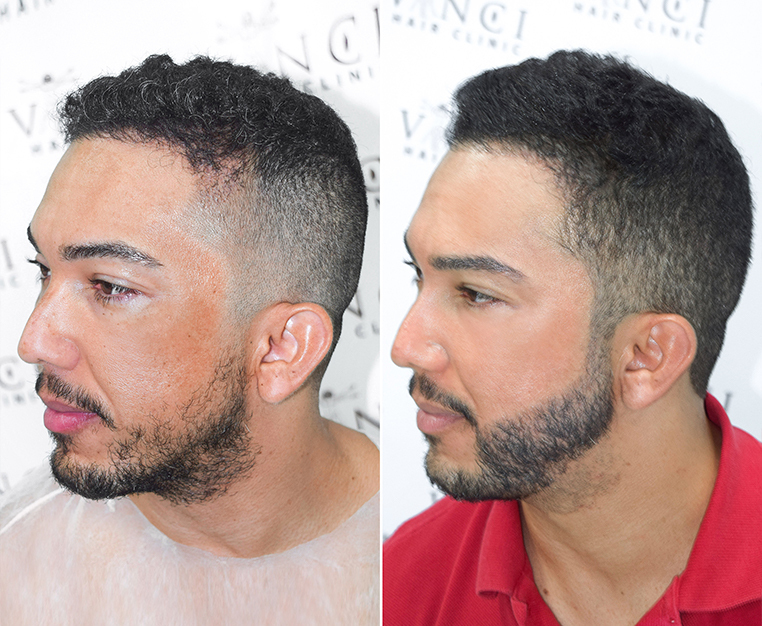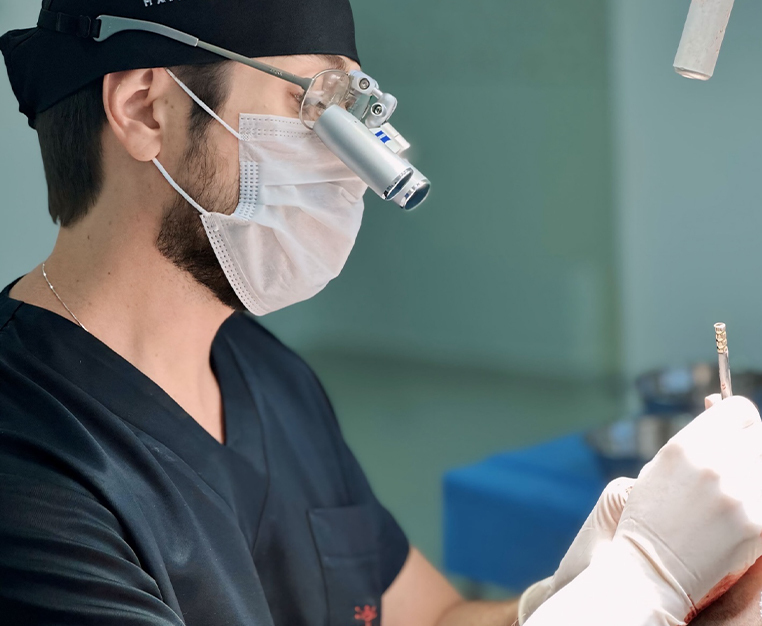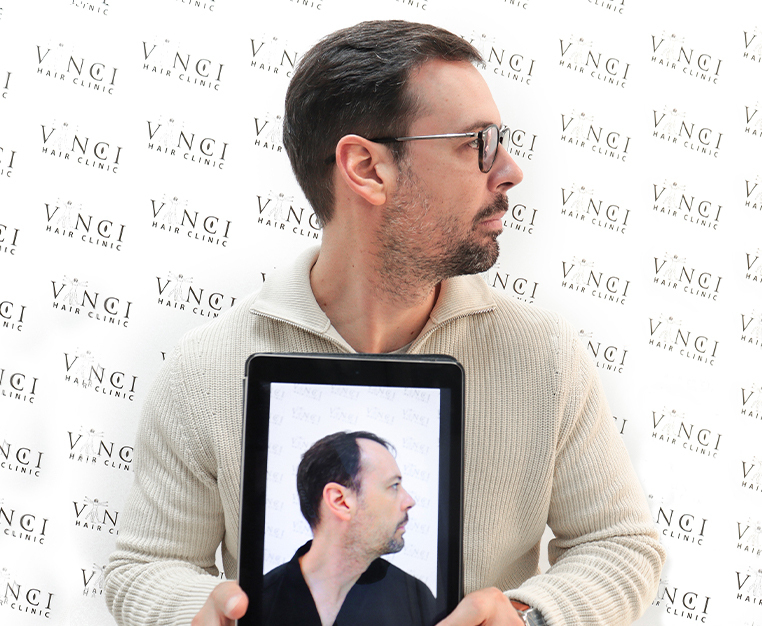There’s a fair chance you’ve never heard of hemisqualane before so let’s get the introductions out of the way. Hemisqualane is a lightweight moisturising oil that’s produced through the fermentation of sugar-based plants. It’s been widely used in the skincare business for years and has just joined a growing number of ingredients that have made the crossover to the haircare market. So, why’s it kicking up such a storm in its new haircare environment?
The short answer is that hemisqualane does lots of the good things to your hair that silicone-based products usually do but minus some of the less desirable side effects. Unlike silicone, it doesn’t cause build-up and it’s biodegradable. Got your attention? Good – read on to find out more!
Hemisqualane Versus Squalane
While you may not be familiar with hemisqualane, you may well have crossed paths with squalane before. Squalane is a derivative of squalene, a polyunsaturated hydrocarbon, and is a well-established, trusted moisturiser in both the haircare and skincare businesses. There are similarities between hemisqualane and squalane. Both are naturally produced from sugarcane, for one thing. Both moisturise, protect, and repair your hair, penetrating the hair shaft and adding shine and bounce to your strands in the process.
The major difference between the two ingredients is that hemisqualane has a lower molecular weight. This gives it a more lightweight texture and ensures that your hair is not weighed down or made to appear too greasy.
As with many products, you need to be sure that the hemisqualane you’re using is from a reputable source. Read the label to see what it contains and how it’s produced. There are many products on the market containing hemisqualane, so shop around to get a reputable product at a decent price.
What Does it Do?
Hemisqualane strengthens your hair and guards against breakage. It also hydrates and moisturises your strands and helps reduce annoying frizz and flyaways. Its lightweight texture means that it is quickly absorbed by your strands. If you’re thinking that you already have haircare products that do this stuff for you, you’re probably right. The problem is that many of these products contain silicone.
Now, while silicone isn’t a terrible ingredient by any reasonable standard, it does have some unwanted side effects. It has a tendency to leave build-up in your hair, it’s not water-soluble, and it’s difficult to rinse away. The fact that it’s non-biodegradable also means it’s not great for the environment.
Hemisqualane has none of these problems. It can be used daily or as required. While it’s suitable for all hair types, those with dry or frizzy hair are most likely to appreciate its benefits. Those with very fine hair should use it with caution; even products with a lightweight texture can weigh heavy on fine hair, so apply it in very small quantities until you’re sure it works for you.
Other Issues
Hemisqualane is still a relatively new arrival to the haircare market, so there haven’t yet been any scientific studies to quantify its benefits, but so far, all the feedback has been positive. As with many ingredients, however, there are a few issues to watch out for.
People already suffering from build-up on their hair are advised not to start using hemisqualane until they have resolved that issue. That’s because of the ingredient’s capacity to put a protective seal on the hair; if you already have product build-up or scaliness on your hair, sealing it in would only make the problem worse. Similarly, those with scalp problems such as seborrheic dermatitis, dandruff, psoriasis, or scalp inflammation should seek advice from a dermatologist before using this product.
How to Use
The product can be used daily or as often as required. A little goes a long way with this ingredient, so you only need to apply a small amount. To use as a moisturiser, simply apply it to damp, clean hair and distribute through your strands with your fingers or a comb. It can also be used on dry hair if you’re attempting to tame frizz and flyaways. Hemisqualane can also be used in conjunction with other ingredients as part of a hair mask.
Conclusion
The use of hemisqualane in haircare products continues a growing trend that has seen other skincare products being used in the hair industry. In the main, the trend is driven by the desire to replace harmful ingredients, or ingredients with unwelcome side effects, with natural alternatives. It’s also an acknowledgement that our tresses deserve the same kind of care and attention that our skin receives.
If you have any concerns about your haircare routine or the health of your strands, there’s never been a better time to seek help. At Vinci Hair Clinic, we offer a free, no-obligation consultation with one of our hair experts for all our new clients. What’s not to like about that? Get in touch and book your appointment today!





